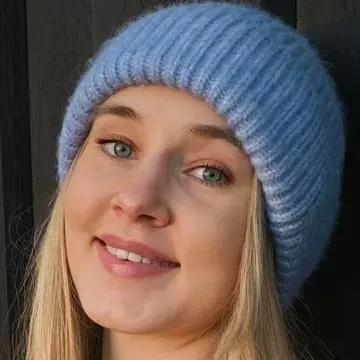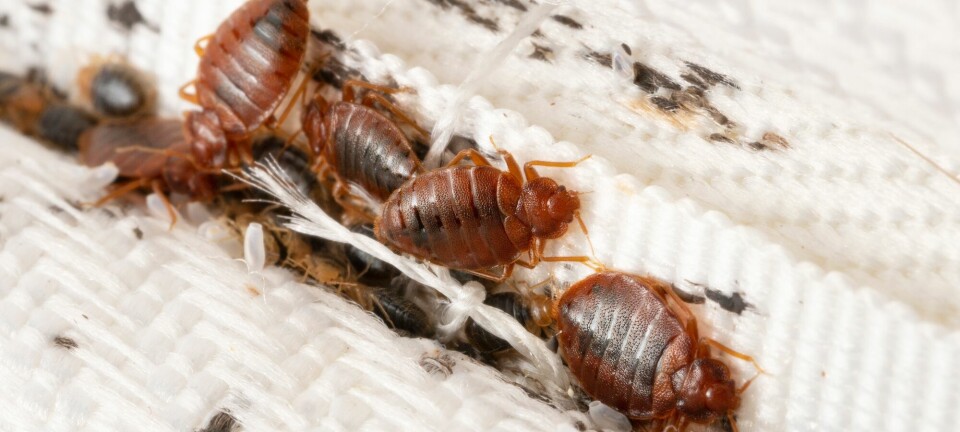School student discovered a new species in Norway
"I was in a bit of joyful shock," says ninth-grader Thor Melis.

"I want to become a biologist and wanted to see what it's like," says Thor Melis.
Students at Stortangen School were participating in a work experience programme. For Thor, the choice was clear.
He joined researchers at Nord University in their search for insects.
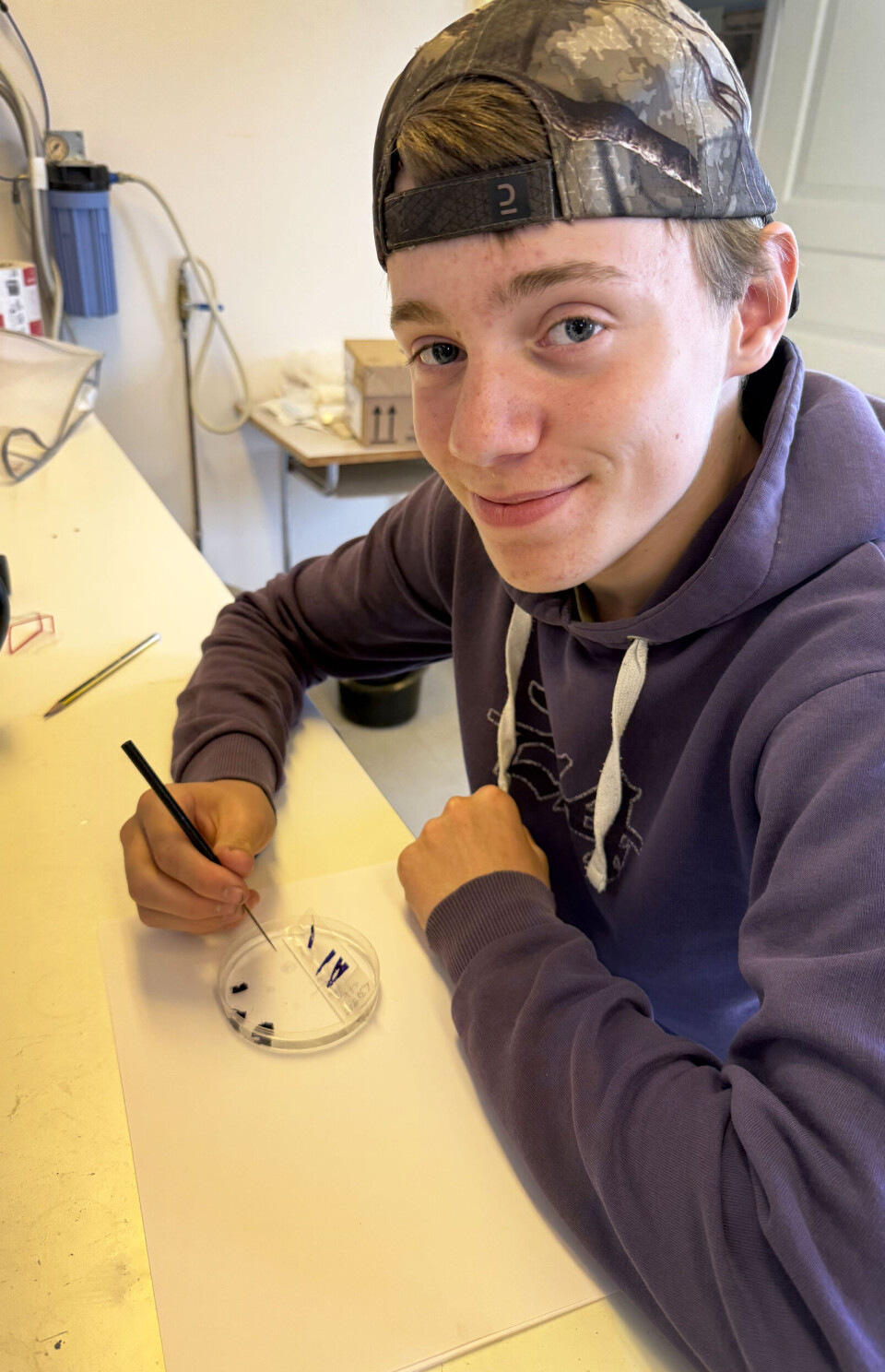
Melis is now absolutely certain that this is the right path to take.
Their fieldwork led to the discovery of a new species in Norway.
Needs to be bleached and boiled
"Soon I'll bleach and boil the insect we found," says researcher Gunnar Kvifte.
It may sound strange. But it's an important part of the job when you're an insect researcher, or entomologist as the experts call it.
"This makes the insect transparent, allowing us to see the tiny details that set it apart from other species," says Kvifte.
Although small insects often look alike, each species has tiny, unique features.
Many of these differences are inside the body – especially in the reproductive organs of the males.
"To examine them properly, the body has to be made transparent," he says.
Bleaching and boiling remove the colour, muscles, and tissue.
"Then we can study it closely," says Kvifte.
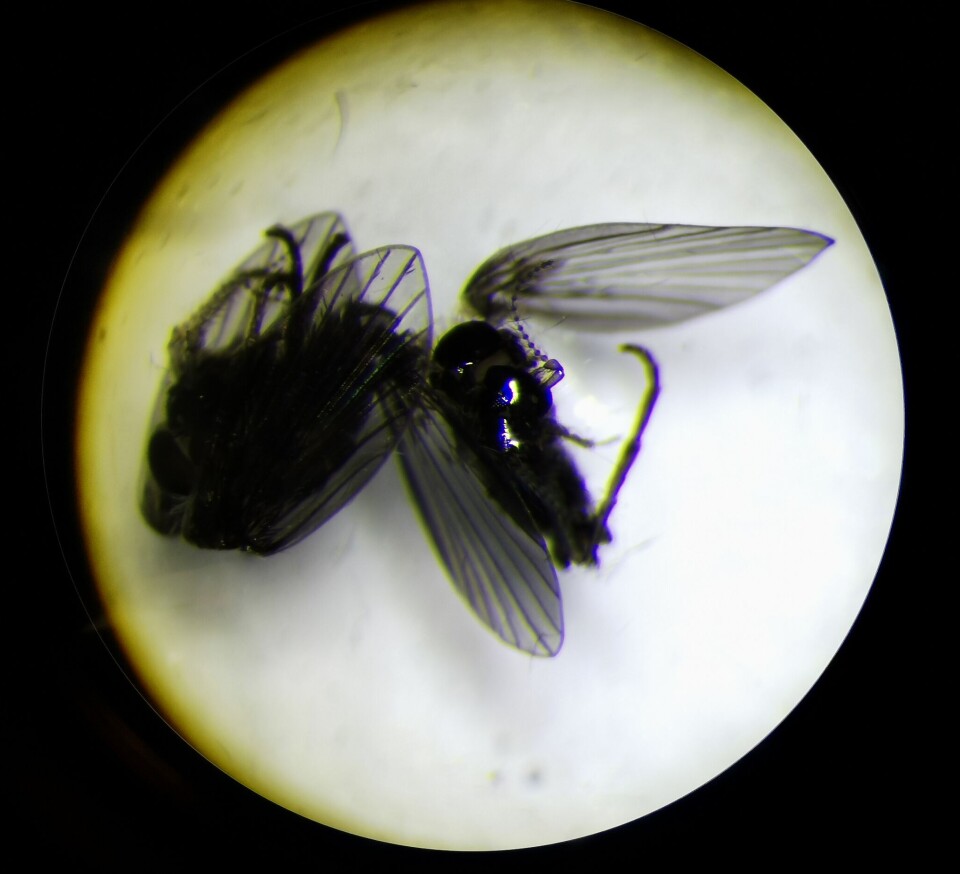
Caught with a net
The researcher and the student made their way to the Salamander Pond at Egge in Central Norway.
There, they began their insect treasure hunt.
"We walked around in the water and collected insects with a net," says Melis.
Then they brought their catch back to the lab.
"That's when we saw it," says the researcher.
He and Melis had found a species that had never before been documented in Norway: a type of moth fly.
"I was in a bit of joyful shock," says Melis.
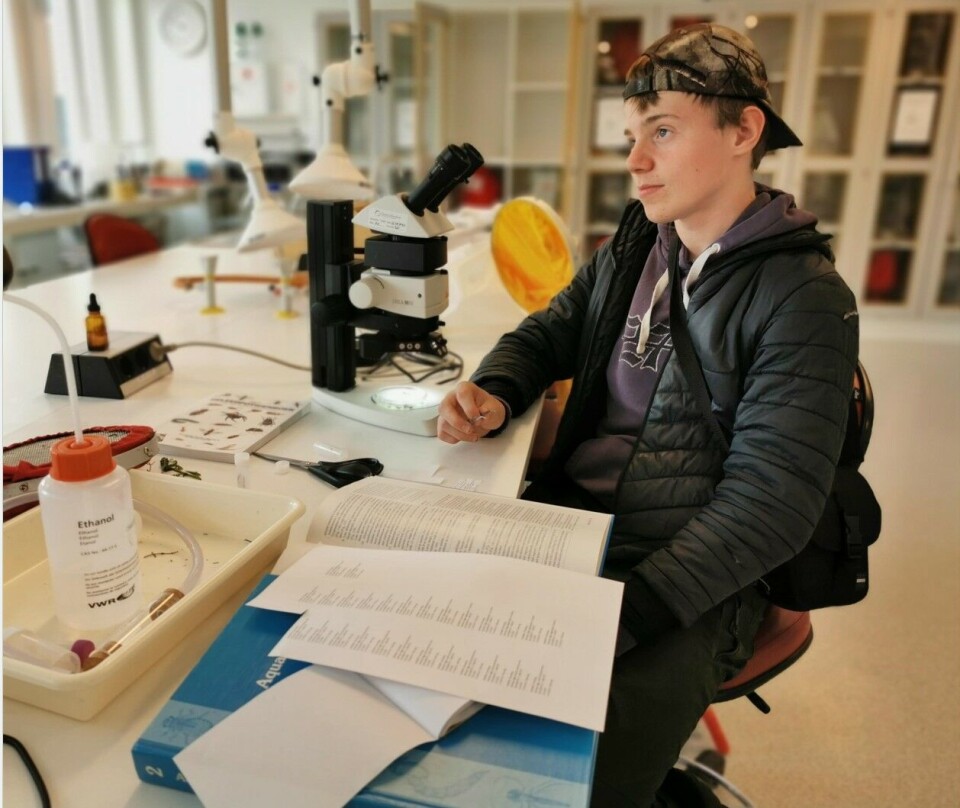
The importance of mapping insects
"Has the moth fly only just arrived in Norway?"
"It's probably been here all along, but we just haven't seen it," says Kvifte.
He says it's important to find and document insects.
Around 200 new insects are discovered in Norway every year. But there are many more to be found.
"We still have a long way to go. No country has a complete overview of the insects that live there," he says.
Need to look for changes
Insects are important and have various roles.
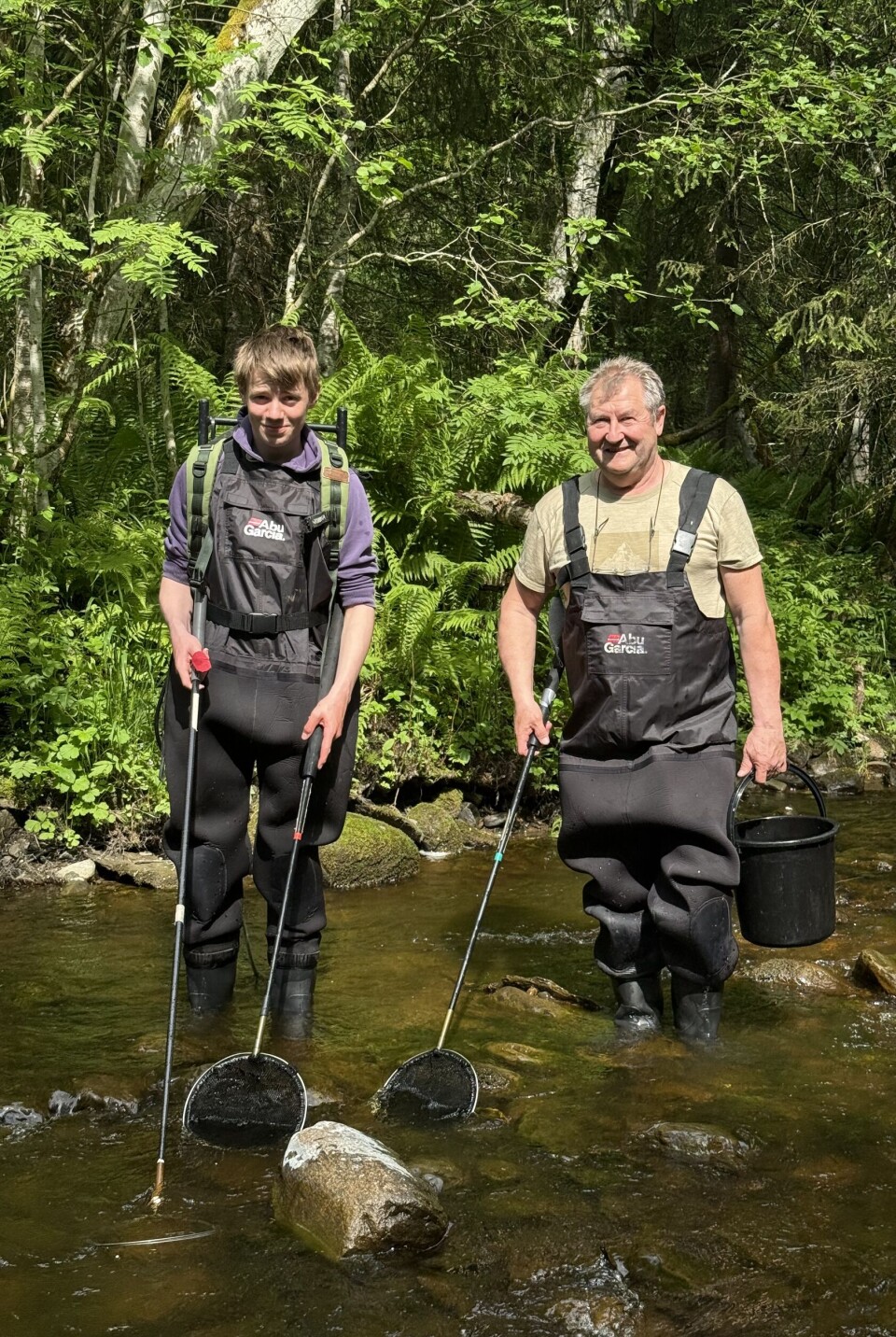
"They pollinate flowers and help break down dead plants and animals," says Kvifte.
They are also a crucial food source for other, larger species.
"To protect them, we need to know which species are present," he says.
Only then can we detect if any changes are happening.
"For example, shifts in where they live and what they need," he says.
Join in and find insects
"You don't need to know a lot about insects to help with mapping," says Kvifte.
The most important thing is to be curious and observant.
"If you like taking pictures, that's a great starting point," he says.
Many discoveries begin with someone capturing a clear, detailed photo of an insect.
There are many online resources available for those who want to partake in mapping insects.
Melis is glad he reached out to the researchers when looking for work experience.
"My best tip is to do what you want, and not just follow what your friends are doing," he says.
———
Translated by Alette Bjordal Gjellesvik
Read the Norwegian version of this article on ung.forskning.no
Related content:

Subscribe to our newsletter
The latest news from Science Norway, sent twice a week and completely free.







